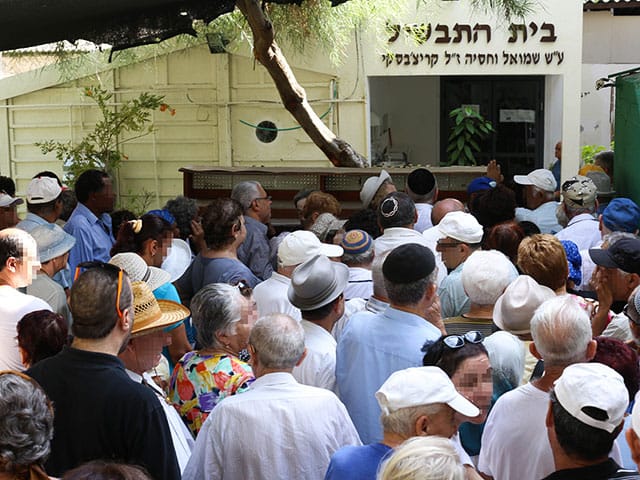The National Insurance Institute (Bituach Leumi) has released a report on poverty and inequality in Israel for the year 2022. The report not only presents data for the country but also compares the performance of Israel with other OECD countries.
In 2021, the defined "poverty line" was an income of NIS 2,892 per person per month. However, in 2022, this threshold increased to NIS 3,076, attributed to a 1.9% rise in the median net income level.
The report reveals that in 2022, 1.98 million individuals in Israel were living below the poverty line, including 873.3 thousand children and 152.5 thousand elderly individuals.
Although the percentage of the population below the poverty line remained constant at 20.9% between 2021 and 2022, the number of impoverished families decreased from 20.5% to 20.2%.
Additionally, the report highlights that 949.6 thousand of the impoverished individuals in Israel belong to the working-age population. Social benefits play a significant role in alleviating poverty, with the transfer of benefits resulting in a 31.9% reduction in the poverty level among Israeli families.
Examining specific demographics, the poverty rate among the ultra-religious Jewish population increased from 34.4% in 2021 to 35.3% in 2022.
In the Arab sector, the poverty rate rose to 39% in 2022 compared to 38.9% in 2021. Among non-ultra-religious Jews, 14% lived below the poverty line in 2022, a slight decrease from 14.7% in 2021.
The report underscores the impact of family size on poverty, revealing that large families face a higher risk. In 2022, 51.6% of families with 5 or more children lived below the poverty line, while the figure was 33.3% for families with 4 children and 20.8% for families with 3 children. Among families with children in general, 22.1% lived below the poverty line, compared to 19.1% for childless families.












